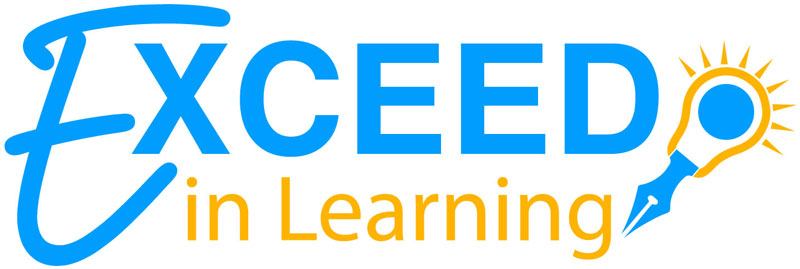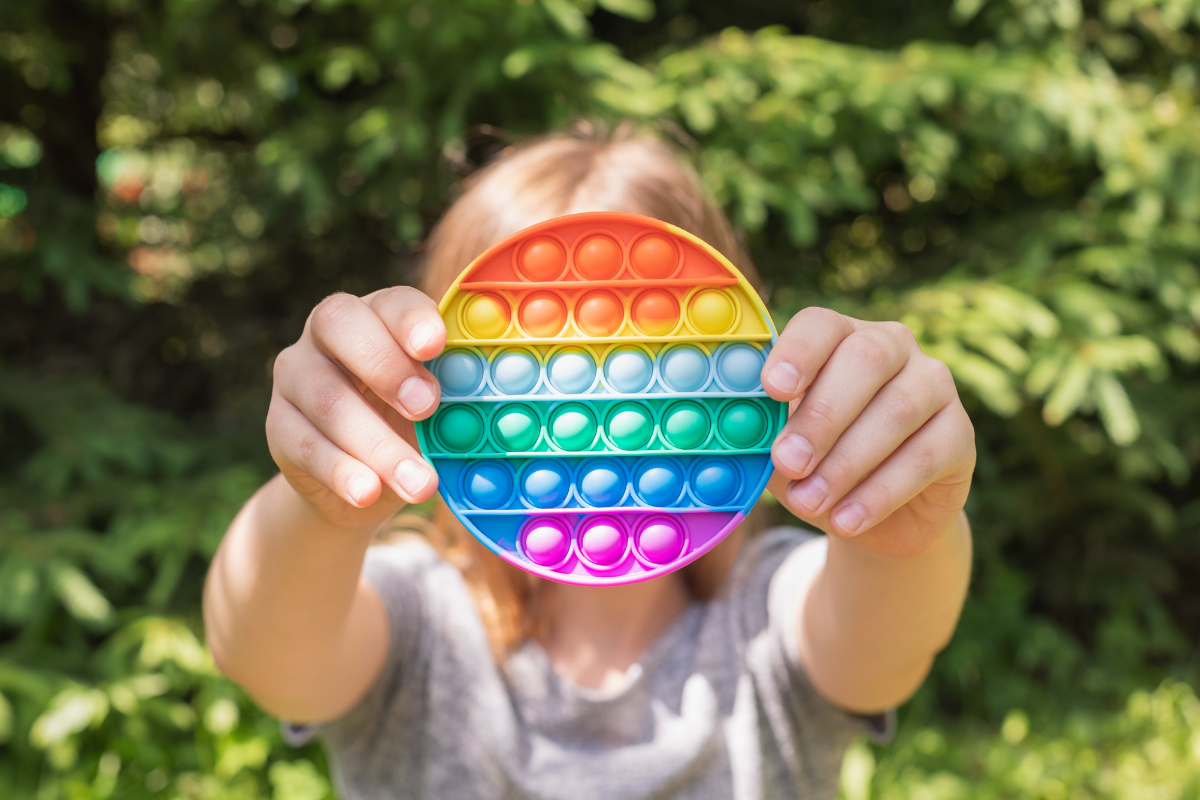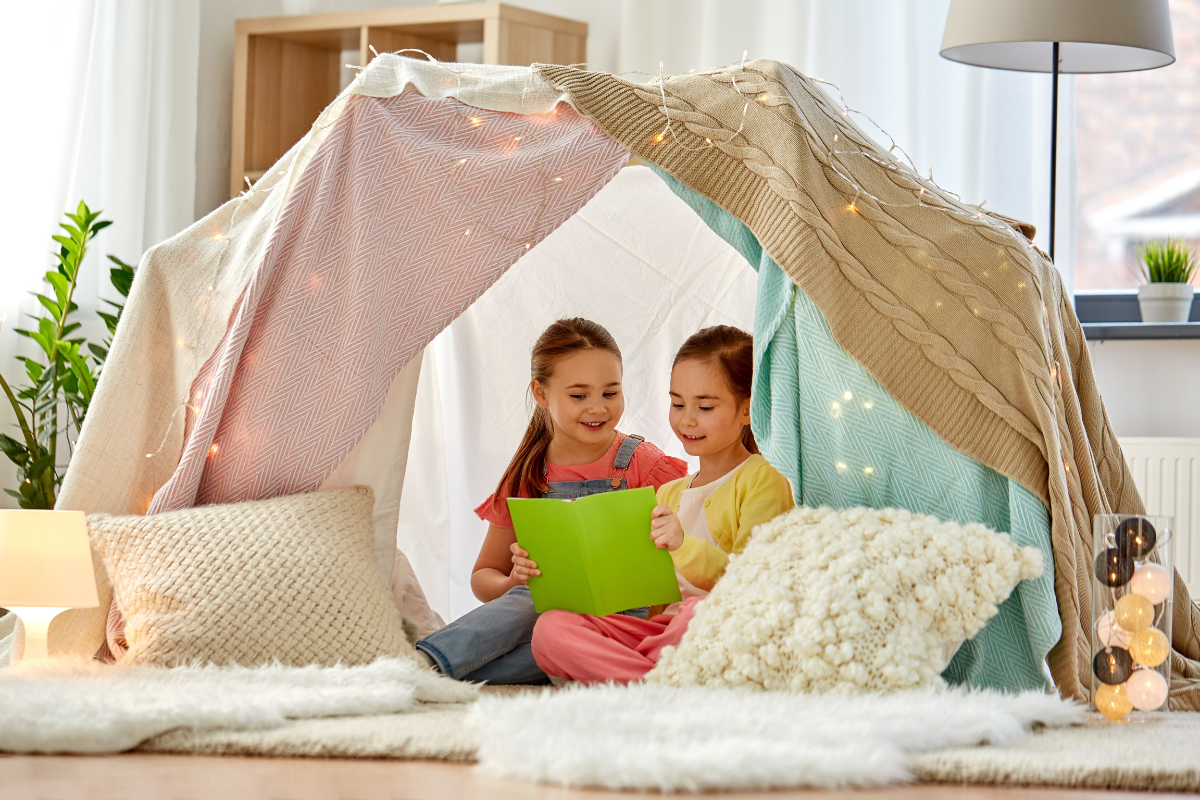You’ve found success with your child… he/she knows their letters, sounds, and how to blend CVC (consonant-vowel-consonant) words together. This is definitely an accomplishment because this can be a tricky concept for young learners. But now you find your child is struggling with two and three letter blends. These sounds can be hard for children to master. Let’s take a look at what blends are and how you can help your child master these in no time!
Consonant blends are also sometimes referred to as consonant clusters. These are oftentimes two or three consonants together that can be present at the beginning of a word or the end of a word. For example, in the word “fast”, “st” is a consonant blend. Another example would be the word, “sprint”. The letters “spr” is a consonant blend. With consonant blends, you can hear each of the letter sounds, unlike digraphs. Let’s take a look at the word “flame”. You can hear the /f/ and the /l/ sound when the word is sounded out. A word with a digraph, for example, “crush” has two letters (sh) that make one sound. So now that you know what blends are, let’s take a look at some ways we can help our children with these!
Understand How to Blend
Firstly, it is important to teach your child how to blend and not memorize blends. Unlike how you teach your child to remember the sounds for a, b, and c, it is not necessary to teach your child “st” makes the sound /st/. There are so many different blends in the English language, so it would be very tedious to go through each blend for your child to memorize. If you child comes across the word “mist”, have your child say /m/ /i/ /st/ rather than /m/ /i/ /s/ /t/. This will help your child recognize that we put these letter sounds together as opposed to isolating each one.
Segmenting Practice
Another idea you could try is doing some oral practice with your child. So, for example, if my child understands how to read CVC words and she is ready for blends, I may do some exercises with her where she has to put sounds together or break them apart. An example of this might be where I would say the word “cast” and my daughter would have to say “c-a-s-t” or the opposite way. I would say “c-a-s-t” and my daughter would have to say “cast”. These exercises don’t involve reading, but help with blending sounds together and recognizing the sounds in each word.
Picture Sorts
This is an activity you can do that is very simple. If you are working on “r-blends”, there are many different blends that your child will encounter – br, dr, gr, pr, cr, etc. One thing you can do is give your child a collection of pictures that has the blend family you are working on. This may be l-blends (pl, bl, cl, etc.) r-blends (br, cr, tr, etc.), or s-blends (sp, sk, sl , etc.) to name a few. The goal is for your child to name each picture and sort them appropriate according to the sound they hear.
Elkonin Boxes (Sound Boxes)
This is an activity that many primary teachers use with students as they are putting sounds together. This is particularly helpful for children who are omitting sounds when reading. For example, if a child is supposed to read the word “fist” he/she may read “fis” or “fit”. With sound boxes, the idea is for the child to push a button or touch a box for each sound they hear. I think the popular fidget toys that are in stores would be great for this! This helps students understand if two letters make one sound (such as “ai” or “sh”) or separate sounds.
Let us know if there are any approaches you take to help your child with blends! We would love to hear!




